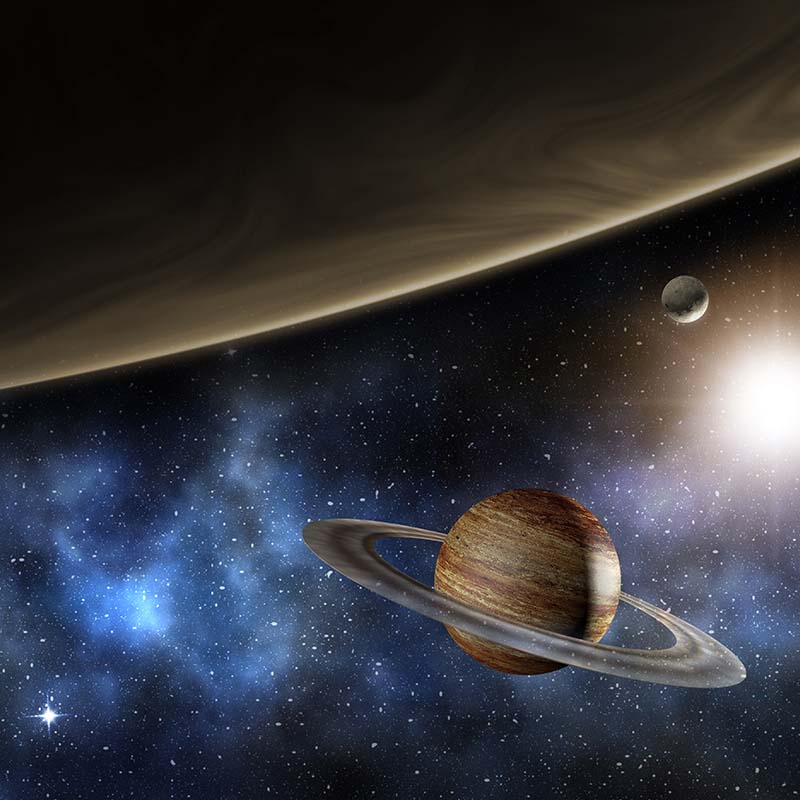
By: Eesha N.
Year: 2023
School: Serrano Intermediate
Grade: 7
Science Teacher: Andi Suter
People have long been captivated by the idea of life beyond our planet, and our solar system’s moons, Europa and Enceladus, have emerged as promising candidates for the search for extraterrestrial life. Eesha’s intriguing science project delves into this quest by comparing data sets from these moons and conducting a unique simulation to assess the possibility of life in Europa’s plumes.
Comparing Europa and Enceladus: Europa, one of Jupiter’s moons, and Enceladus, one of Saturn’s moons, share similarities that make them compelling targets for the search for life. Both moons have frozen surfaces, concealing potential subsurface oceans beneath thick layers of ice. The discovery of Enceladus’s plumes by the Cassini spacecraft in 2008 revealed the presence of complex hydrocarbons essential to life’s building blocks.
Eesha’s scientific research focuses on confirming the detection of plumes on Europa. To simulate Europa’s conditions, Eesha created a chamber with elements such as dry ice and blue ice to replicate the moon’s temperature. Using ocean water filtered for safety, Eesha introduced microorganisms and observed their survival under simulated Europa-like conditions.
The survival of microorganisms in Eesha’s simulation chamber suggests that Europa’s conditions might be conducive to life. By comparing the results with Enceladus, Eesha highlights the importance of understanding the chemical composition of plumes to ascertain the possibility of life beyond Earth.
Eesha emphasizes the critical role of space telescopes, such as the James Webb Space Telescope (JWST) and Europa Clipper, in this research. These instruments provide valuable data and simulations that aid in understanding the composition of Europa’s plumes, including the detection of crucial molecules like methane and formaldehyde.
With the Europa Clipper mission launching in March 2024, Eesha anticipates new insights from the Ultraviolet Spectroscopy (Europa-UVS) instrument. This technology can identify essential molecules like hydrogen, oxygen, and hydrocarbons, further unraveling the potential for life on Europa.
